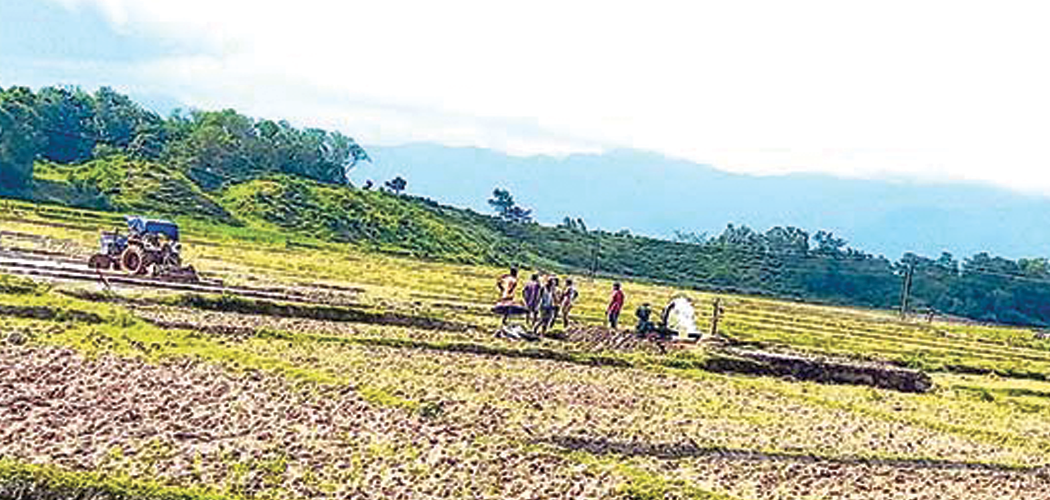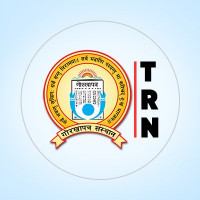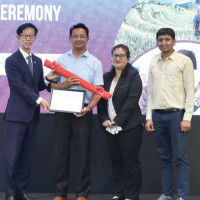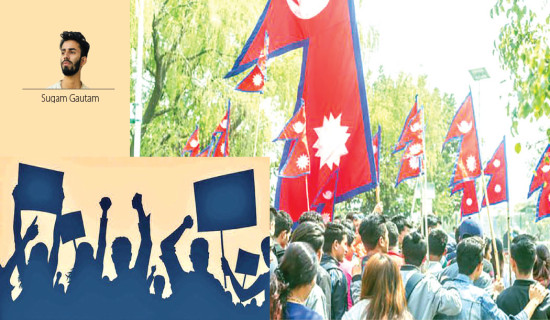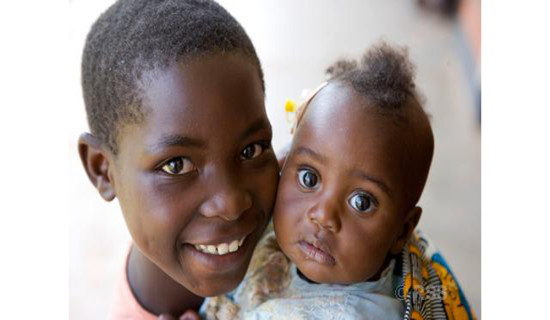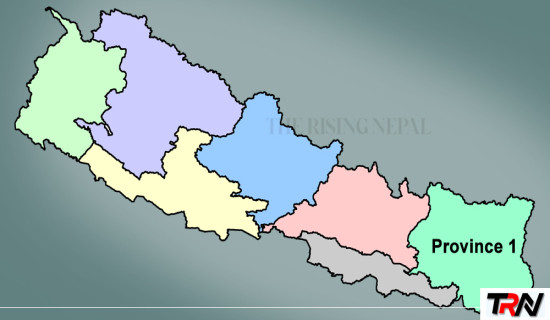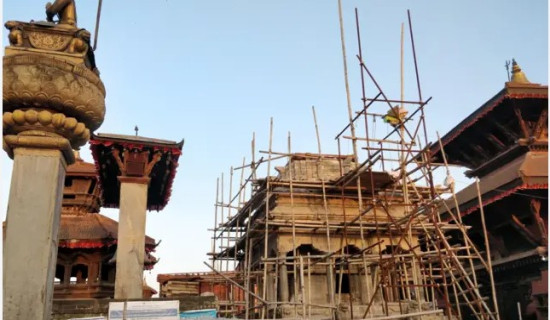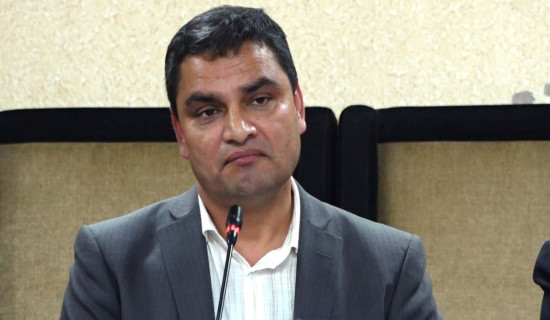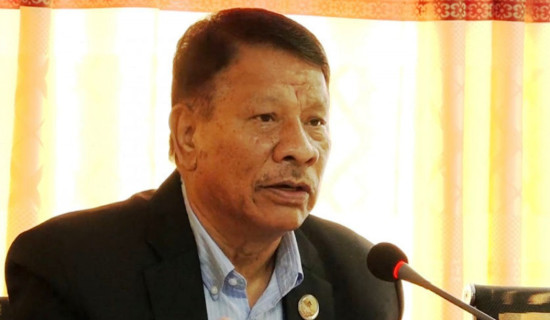- Friday, 25 April 2025
Scant rainfall frets farmers in Madhes
Janakpurdham, July 19 : At a time when the farmers in
Tarai/Madhes, which is also called the granary of Nepal, are ready for paddy
plantation, the scant rainfall has afflicted them much. So far, the paddy is
planted only in 57 percent of arable land.
It is time almost all districts got
over with the paddy plantation.
An agronomist at the Ministry of Land
Management, Agriculture and Cooperatives in Madhes Province, Manish Kumar Pal,
said 43 percent of the arable land was yet to be cultivated because of delayed
rainfall. Saptari district has planted paddy in 75 percent of cultivable land,
the highest in the province, and Parsa did it in 42 percent.
Pal further said as the province
failed to have rainfall after the second week of Asar, the farmers are forced to
adopt an alternative way to ensure water. The agronomist further informed that
Bara has done paddy plantation in 60 percent of its land, Siraha, and Sarlahi in
55 percent, Rautahat 50, Mahottari 45, and Parsa 42. Parsa has 54,732 hectares
of cultivable land.
Pal observed that rice seedling was
prepared late this year in Madhesh. Of late, rice plantation has been delayed
as compared to the previous years. But, the scant rainfall has hit hard the
farmers.
A farmer Sugambar Yadav from Dhanushadham
Municipality-4 shared the plight, "I managed paddy plantation in someone
bighas of lands by drawing water with motor pumps, but the rice seeding is
wilting now for not having rainfall." If the rain does not occur within a few days, the cultivated rice seeding will be destroyed, he worried.
He further said the farmers, who
planted rice despite huge cost and labor, were afflicted much to see the of
rice fields drying up day by day.
The canal built by Kamala
Irrigation Management Office, Dhanusha has the capacity to irrigate only some
25,000 hectares of land from Siraha and Dhanusha districts combined. But, the
rainfall is still eluding to mount worries to farmers and diminishing water level
in the Kamala River, said Birendra Kumar Yadav. He is the chief of the Kamala
Irrigation Management Office here.
"Once the water level rises in
the Kamala River, it elates the farmers- they can plant rice with adequate
water. But, the water level is low for lack of rainfall," he added.
In addition to irrigation woes,
lack of chemical fertilizer and agricultural labor are equally bothering
factors to do agriculture here. Paddy plantation and crop harvest have to be
carried out with much difficulty. (RSS)

